Historical Significance of the Quba Mosque
The Quba Mosque holds an unparalleled position in Islamic history, recognized as potentially the first mosque in the world. Its construction dates back to the 7th century C.E., during the early days of the Islamic prophet Muhammad’s emigration, known as the Hijra, from Mecca to Medina. Upon arriving at the outskirts of Medina, the Prophet Muhammad initiated the building of the Quba Mosque, laying its foundation on the first day of his migration. This act not only marked the beginning of a new chapter for the Muslim community but also symbolized the establishment of a sacred space dedicated to worship and communal gathering.
The Prophet Muhammad himself participated in the mosque’s construction, emphasizing its importance and setting a precedent for community involvement in significant religious endeavors. The Quba Mosque thus became a cornerstone for the nascent Islamic society, representing unity, faith, and collective effort. It is mentioned in several Hadiths that the Prophet Muhammad would visit the mosque frequently, often performing two rak’ahs (units of prayer), underscoring its spiritual and communal significance.
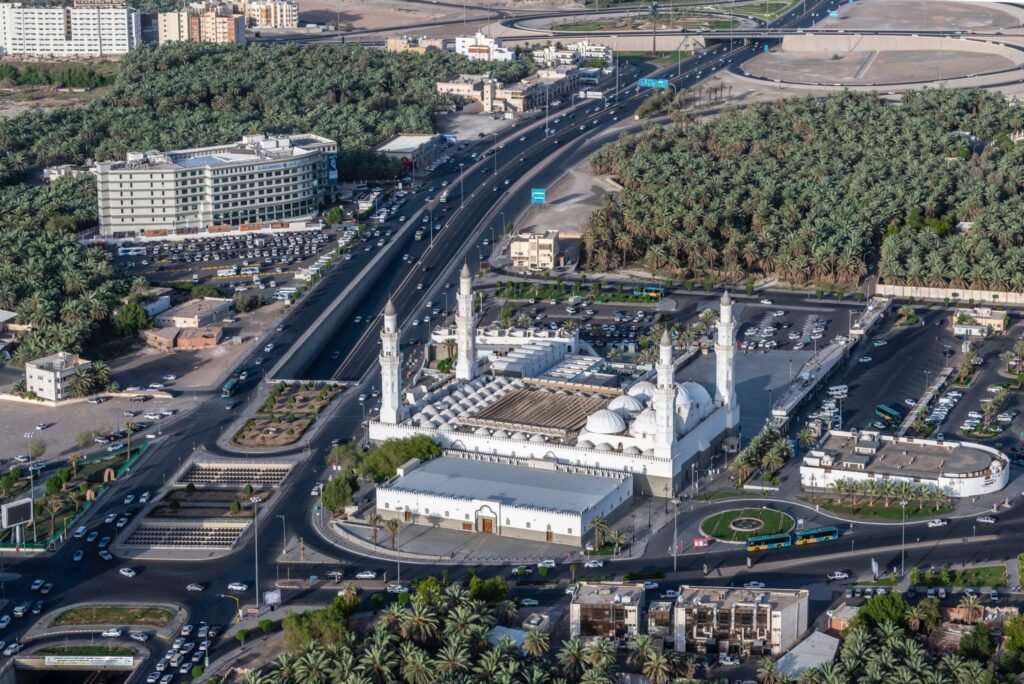
The mosque’s foundational role is further highlighted by the historical context of its creation. The emigration to Medina was a turning point for the Muslim community, transitioning from a period of persecution in Mecca to one of relative stability and growth in Medina. The establishment of the Quba Mosque was integral to this transition, providing a dedicated place for worship and a hub for the community to organize and strengthen their bonds. Key figures from the early Islamic period, including the Prophet’s closest companions, played pivotal roles in the mosque’s early use and expansion, further cementing its status in Islamic history.
Over the centuries, the Quba Mosque has evolved, undergoing several renovations and expansions. However, its foundational significance remains a testament to its enduring legacy in the Islamic world. The Quba Mosque continues to be a symbol of the early Islamic community’s resilience, faith, and unity, drawing visitors and worshippers from around the globe who seek to connect with its rich historical heritage.
Architectural Features and Renovations
The Quba Mosque, revered as the first mosque in the world, boasts a rich architectural heritage that dates back to the 7th century. The original construction of the mosque was undertaken using local materials, such as stone and date palm trunks, which were readily available to the early Muslim community in Medina. The architectural methods employed were simple yet effective, reflecting the humble beginnings of Islam. Initial construction featured a rectangular prayer hall, open courtyard, and a modest minaret, which served as a call to prayer.
Despite its simplicity, the Quba Mosque’s design was profoundly functional and spiritually significant. The prayer hall was oriented towards Mecca, and the courtyard provided a communal space for the early Muslim community to gather and engage in religious and social activities. The mosque’s structure symbolized unity and devotion, fundamental principles of Islam.
Over the centuries, the Quba Mosque has undergone numerous renovations and expansions to accommodate the growing number of worshippers and to preserve its historical significance. Modern renovations have introduced advanced materials and contemporary architectural techniques, enhancing its durability and aesthetic appeal. The prayer hall has been expanded, and new minarets have been constructed, towering majestically and symbolizing the mosque’s enduring legacy.
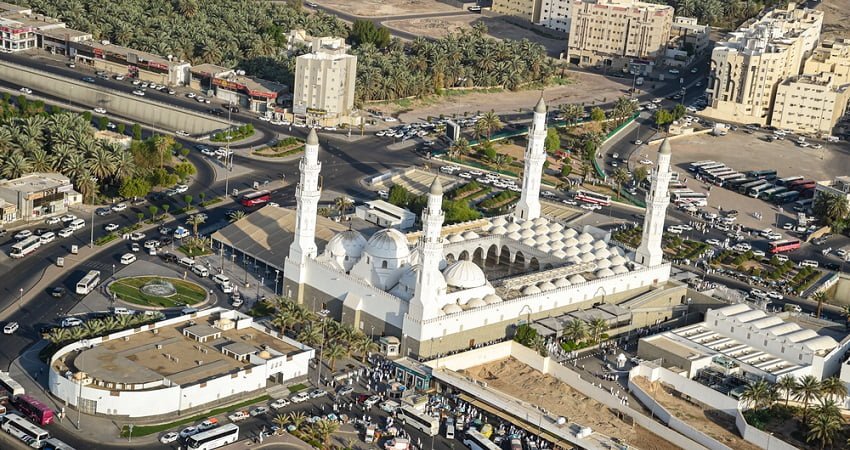
One of the most notable additions is the mosque’s domes, which blend traditional Islamic architectural elements with modern design. These domes, beautifully adorned with intricate calligraphy and geometric patterns, not only enhance the mosque’s visual appeal but also improve its acoustics. The mosque’s interior has also been updated with marble flooring and ornate chandeliers, providing a serene and inviting atmosphere for worshippers.
While modern renovations have introduced numerous enhancements, significant efforts have been made to preserve the mosque’s original architectural elements. The historical prayer niche, or mihrab, remains intact, serving as a testament to the mosque’s rich heritage. The Quba Mosque’s unique character lies in its seamless blend of historical authenticity and contemporary innovation, making it a significant landmark in Islamic architecture.
Religious and Cultural Importance
The Quba Mosque holds immense religious significance within the Islamic faith, being recognized as the first mosque in the world. Its foundation was laid by the Prophet Muhammad himself upon his arrival in Medina, making it a revered site for Muslims globally. The mosque stands as a testament to the unity and brotherhood in Islam, symbolizing the collective spirit and devotion of the Muslim community.
As a place of worship, the Quba Mosque is unique in that it offers special religious practices. One notable tradition is the performance of two voluntary Rak’ahs (units of prayer), which is believed to bring the same reward as performing Umrah (the lesser pilgrimage). This practice draws thousands of pilgrims each year, especially during the Hajj season, emphasizing its spiritual importance.
In addition to its religious role, the Quba Mosque is a cultural landmark within the local community of Medina. It serves as a gathering place for communal prayers, educational activities, and social events, fostering a sense of community and belonging. The mosque’s architecture, with its pristine white domes and minarets, reflects the rich Islamic heritage and inspires awe among visitors.
For visitors from around the world, the mosque is not just a site of religious pilgrimage but also a cultural experience. The traditions and customs associated with the Quba Mosque, such as the weekly congregation for Jumu’ah (Friday prayers) and the annual commemorations of significant Islamic events, offer a glimpse into the vibrant cultural life of Medina. These practices reinforce the mosque’s role as a beacon of faith and a center of cultural exchange.
Overall, the Quba Mosque embodies the intertwining of religious devotion and cultural heritage, making it a pivotal institution in both the spiritual and communal lives of Muslims. Its enduring legacy continues to inspire and unite believers, transcending geographical and cultural boundaries.
Visiting the Quba Mosque today offers a unique opportunity to step into a significant piece of Islamic history. Located in the city of Medina, Saudi Arabia, the Quba Mosque is accessible from various parts of the city. The mosque is approximately 6 kilometers from the Prophet’s Mosque, making it easily reachable by taxi or local transportation. Visitors can take advantage of guided tours which are often available; these tours provide enriching insights into the mosque’s history and significance.
The mosque is open for visitors from early morning until late evening, accommodating the five daily prayers. It is advisable to visit during non-prayer times to fully appreciate the mosque’s architecture and serenity. As with all religious sites, visitors should dress modestly and adhere to the etiquette of the mosque. For men, this typically means wearing long pants and a shirt with sleeves, while women are expected to wear an abaya and cover their heads with a scarf.
To make the most of your visit, consider exploring nearby attractions. The city of Medina itself is rich in history and offers numerous landmarks such as the Prophet’s Mosque (Al-Masjid an-Nabawi) and the Qiblatain Mosque, both of which hold immense historical and religious significance. These sites provide a deeper understanding of Islamic heritage and complement the experience of visiting the Quba Mosque.
For those interested in delving deeper into the mosque’s history, there are several recommended readings and resources available. Books and articles detailing the life of Prophet Muhammad and the early formation of the Muslim community provide valuable context. Additionally, online platforms and virtual tours can offer preliminary insights before your visit.
The Quba Mosque is accessible to international visitors, with various amenities to ensure a comfortable visit. Information desks often provide materials in multiple languages, and there are provisions for wheelchair access. Whether you are a pilgrim or a history enthusiast, visiting the Quba Mosque is a profoundly enriching experience that connects you to the roots of Islamic civilization.



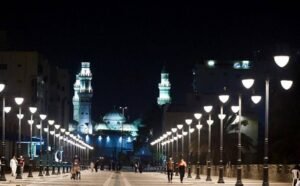

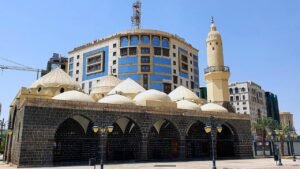
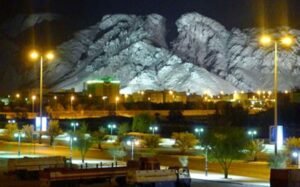



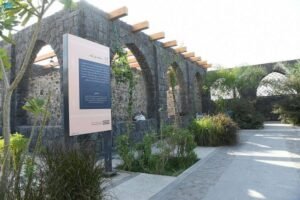














+ There are no comments
Add yours